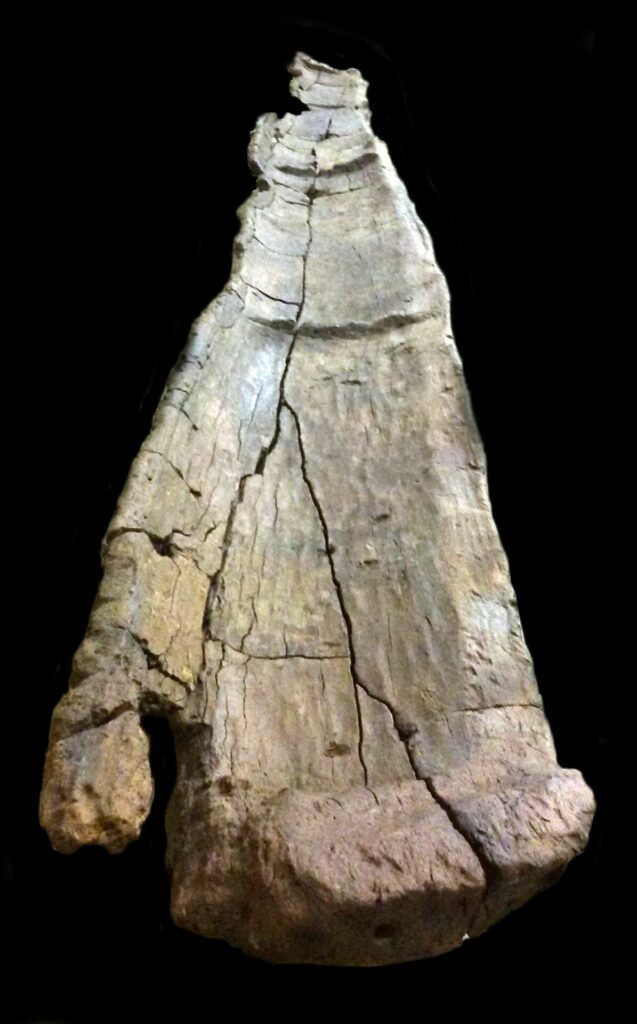Five ancient timber dugout canoes found in a lake north-west of Rome have been analysed and dated to the late Neolithic period – making them the oldest such vessels discovered to date in the Mediterranean region, at 7,000-7,500 years old.
La Marmotta was the earliest known Neolithic lakeshore settlement in the central Mediterranean and is now submerged in Lake Bracciano, which remains connected to the sea by the River Arrone.
The unusually anaerobic conditions in the lake waters and its sediment have preserved not only ancient artefacts made of timber, but textiles, basketwork and cordage too.

The archaeological team has been led by the Spanish National Research Council (CSIC) and included Rome’s Museum of Civilisations and Spanish School of History & Archaeology, and the University of Pisa, with carbon-dating carried out at Seville’s National Accelerator Centre.
The canoes are considered exceptionally big, one of them more than 10m long. “We are talking about the first groups of farmers and shepherds who occupied the centre of the Italian peninsula, between approximately 5620 and 5300 BC,” says CSIC researcher Juan Gibaja. The Neolithic or New Stone Age period extended from 7000 to 1700 BC.

The 11m-deep site, which lies about 300m out into the current lake, has long been known about, having been first excavated by underwater archaeologists between 1992 and 2006, but it is only now that the recovered canoes have been dated.
Even older canoes belonging to late Mesolithic hunter-gatherers have been discovered and excavated elsewhere, but those at La Marmotta “are surprising not only for their size, but also for the technical complexity of both the hull and nautical objects linked to them,” says Mario Mineo of the Museum of Civilisations. “Without a doubt, we are looking at the work of true naval engineers.”
It is now thought that thiis high level of nautical technology was a key to the success of Neolithic hunter-gathers in expanding throughout the Mediterranean region, which they did over the next few millennia following the the period in which the La Marmotta canoes were built.
The five vessels cover a range of sizes, timbers and probably purposes. Marmotta 1 was carved from an oak trunk and is 10.43m long. Four transverse reinforcements made from the same trunk appear to have been added to boost the hull’s durability and manoeuvrability.
Three T-shaped objects inserted into the side of the canoe might have been used to secure rigging for a sail, a stabiliser or even another boat to create a catamaran – helpful whether carrying people, livestock or goods.

The smaller (5.4m) Marmotta 2 canoe, made of alder, was considered likely to have been a fishing-boat. A mushroom-shaped object resembling a modern bollard found with it might have been used to secure the vessel.

Marmotta 3 is 8.35m long and was also made from an alder log, with three transverse reinforcements at . the base. Marmotta 4, made of poplar, had deteriorated badly but was possibly the biggest of all the vessels originally, while the beech-carved 9.5m Marmotta 5 has two transverse reinforcements remaining.

The researchers believe that more dugout canoes could be preserved in Lake Bracciano and that a large part of the La Marmotta settlement remains undiscovered. Their study has been published in the journal Plos One.
Also read: ‘Incredibly rare’ anchor unveiled to public, More than 100 finds submitted during first year of Marine Antiquities Scheme



